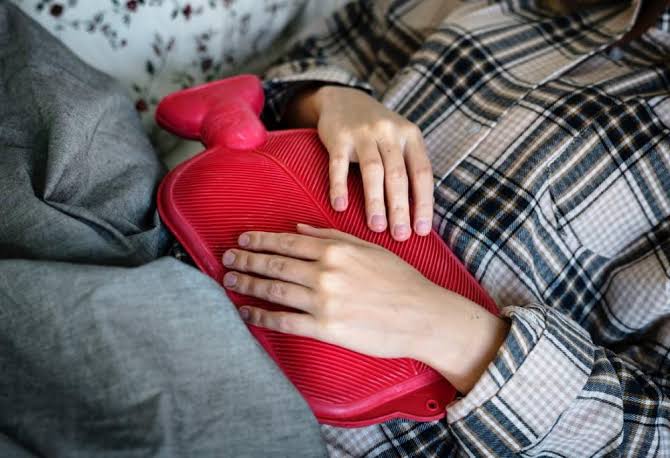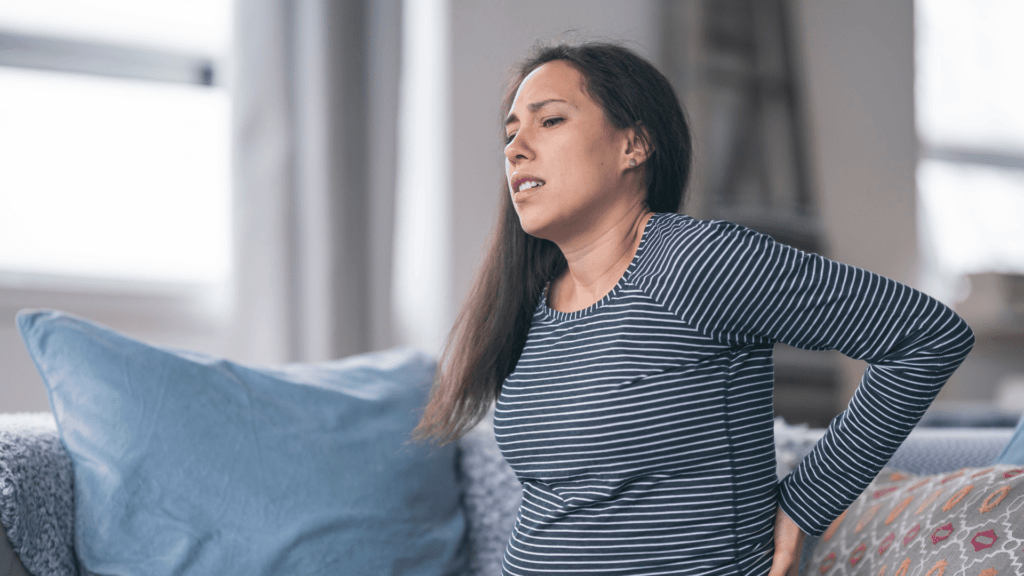
Suffering from Dysmenorrhea Pain? Practical Ways to Get Comfort
Dysmenorrhea is the medical term for intense and painful menstruation, often accompanied by symptoms like queasiness, diarrhoea, and exhaustion.
There are two main types of dysmenorrhea:
Primary Dysmenorrhea: Caused by natural chemicals called prostaglandins in the uterine lining, which peak during the initial day of the menstrual cycle and gradually decrease as bleeding progresses.
Secondary Dysmenorrhea: Results from conditions affecting the reproductive organs, such as endometriosis, adenomyosis, fibroids, pelvic inflammatory disease (PID), cervical stenosis, and certain congenital conditions.
To manage dysmenorrhea, several approaches can be used:
1. Prostaglandin inhibitors like aspirin and ibuprofen can reduce pain by inhibiting prostaglandin production.
2. Acetaminophen is another pain reliever that can help alleviate symptoms.
3. Oral contraceptives can regulate hormonal fluctuations and reduce menstrual pain.
4. Hormone treatment with progesterone may be beneficial.
5. Dietary changes, including increased protein intake and decreased sugar and caffeine consumption, ease symptoms.
6. Certain vitamin supplements, like vitamin D and magnesium, can aid in reducing menstrual pain.
7. Regular exercise can improve blood circulation and minimise discomfort.
8. Applying a heating pad on the abdomen and taking warm baths or showers can provide relief from cramps.
9. Abdominal massage could be a potential approach to alleviating pain.
10. Medical procedures like endometrial ablation or resection can be considered in severe cases.
11. Alternative therapies such as acupuncture, acupressure, and nerve stimulation may also be useful.
Menstrual health is a critical aspect of the overall health and well-being of women. Prioritising menstrual health is crucial to guaranteeing access to adequate education, support, and resources for the safe and comfortable management of their periods.




